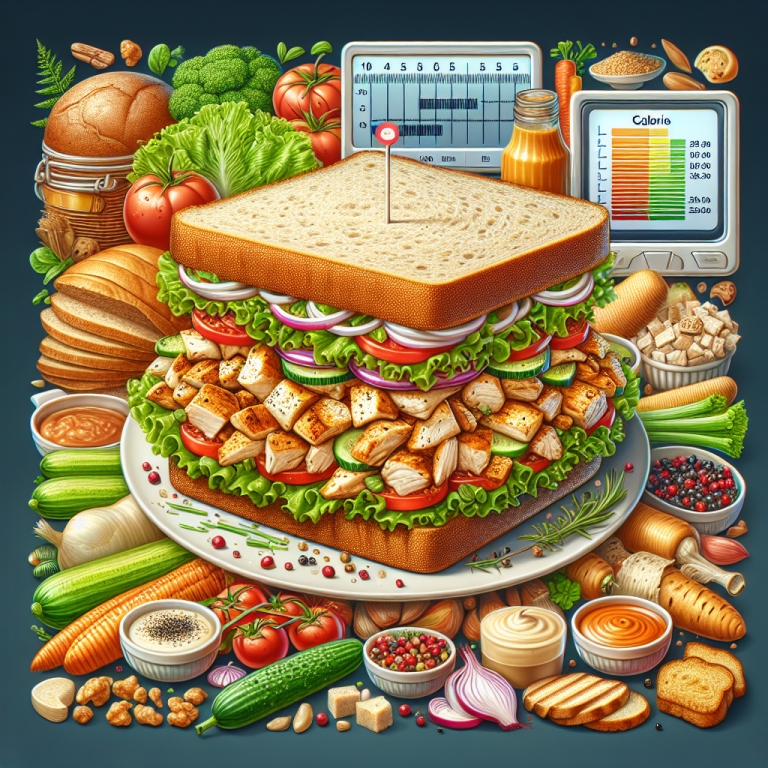McDonaldʼs Calories Mcdonaldʼs Quarter Pounder With Cheese
Craving a classic burger? The McDonald’s Quarter Pounder with Cheese is a popular choice for many. Known for its juicy beef patty and melted American cheese, this burger delights the taste buds. But how does it fare nutritionally? Understanding its calorie content and nutritional breakdown can help you make informed dietary choices. Let’s explore the…
Craving a classic burger? The McDonald’s Quarter Pounder with Cheese is a popular choice for many. Known for its juicy beef patty and melted American cheese, this burger delights the taste buds. But how does it fare nutritionally? Understanding its calorie content and nutritional breakdown can help you make informed dietary choices. Let’s explore the calorie count and other nutritional aspects of the McDonald’s Quarter Pounder with Cheese.
Nutrition Facts
Serving Size 1 Quarter Pounder with Cheese (220g)
Amount Per Serving
Calories
520
| Total Fat | 27 g | 42% |
| Saturated Fat | 13 g | 65% |
| Trans Fat | 1.5 g | 0% |
| Cholesterol | 120 mg | 40% |
| Sodium | 1,100 mg | 46% |
| Total Carbohydrate | 42 g | 14% |
| Dietary Fiber | 3 g | 12% |
| Total Sugars | 10 g | 20% |
| Protein | 30 g | 60% |
| Vitamin D | 0.6 mcg | 3% |
| Calcium | 260 mg | 20% |
| Iron | 4 mg | 22% |
| Potassium | 450 mg | 10% |
* The % Daily Value (DV) tells you how much a nutrient in a serving of food contributes to a daily diet.
2,000 calories a day is used for general nutrition advice.
Nutrient Distribution
Calorie Burn Time
How long would it take to burn off total calories from 100g of McDonald’s Quarter Pounder with Cheese?
FAQs
Final Words
The McDonald’s Quarter Pounder with Cheese offers a satisfying mix of taste and nutrition. While it provides a significant amount of protein, it is important to be mindful of its high fat and sodium content. Enjoying it as an occasional treat within a balanced diet can be a delightful experience. Remember to pair it with healthier sides like a salad or fruit to maintain nutritional balance.

